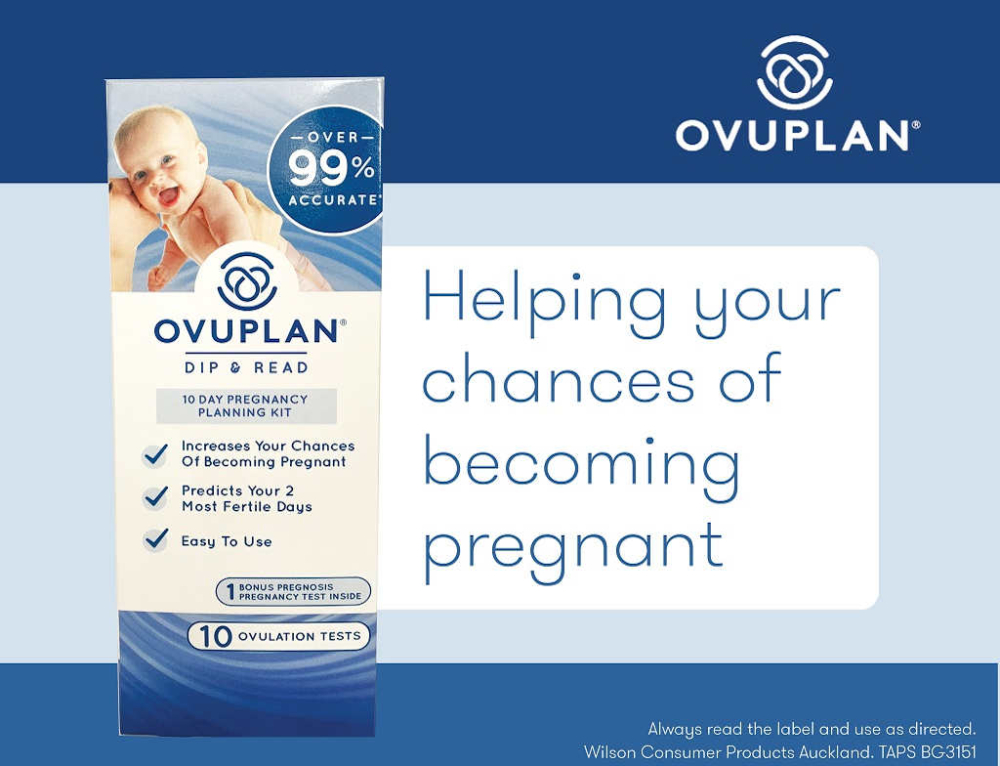Only a few women require further routine tests after 28 weeks of the pregnancy. However, if you have a medical condition, or complications arise during the pregnancy, you may need additional tests, depending on the health concern. The following is a guide as to what circumstances may lead to needing further routine tests during this phase of the pregnancy.
Blood tests
A few women will require further blood tests after 28 weeks of the pregnancy. One of the tests at performed routinely at 28 weeks is a full blood count (FBC), which looks at a woman’s haemoglobin level (or ‘Hb’). This relates to iron levels and the possible need for iron supplements. If the level was low at 28 weeks (below 11.0 – 11.5 gm% or 110 – 115 gm/dl), then daily iron supplements are usually recommended and the blood test is repeated again at around 34 to 36 weeks to see if the level has increased. This is explained in detail in iron and iron supplements.
If your blood group is Rhesus negative, you will also need to have a group and antibodies blood test repeated to continue to screen for antibodies at around about 34 to 36 weeks of the pregnancy.
Vaginal swab
Most caregivers offer women a low vaginal swab test to screen for a bacterium called ‘Group B streptococcus’ (also known as ‘Strep B’ or ‘GBS’) at around 28 weeks of the pregnancy. However, some caregivers delay this test until about 34 to 36 weeks of the pregnancy.
The vaginal swab is taken from the lower vagina, just inside the entrance. Therefore the woman can usually perform this test herself at home (if given the swab to take with her) or in the toilet during the pregnancy visit. (Your caregiver should not need to perform a vaginal examination, or use a speculum to take this test.) The swab used is like a long cotton bud and is placed about 2 to 3 centimetres inside the vagina before putting the swab into a sterile container. Some caregivers prefer to do an anal swab (or a swab of the rectum), instead of (or as well as) a vaginal swab. But this is not generally accepted as being routine.
Ultrasound
Only a few women will require further ultrasounds after their routine 18 to 20 week scan. Ultrasounds performed during the 3rd trimester may be done to:
- Measure the growth of the baby, and perhaps estimate the baby’s size if your caregiver suspects the baby may be too small or too large.
- Checking to see if a previously low lying placenta has moved up, further away from the cervix (often done at 34 to 36 weeks as a follow up to an 18 to 20 week ultrasound that showed a low lying placenta).
- To check the baby’s position if your caregiver is unsure where the baby is lying. For example to rule out a breech position.
- To check the well being of the baby and the blood flow through the baby’s cord if you go overdue.
Kick chart
- A ‘kick chart’ is a graph or grid printed on a piece of paper with spaces to record the daily movements of your baby, usually after about 26 to 28 weeks of the pregnancy. In Australia, kick charts are mainly used for women who:
- Express concerns about their baby’s movements.
- Have a health condition that may affect their baby.
- Experience pregnancy complications that may put their baby at increased risk of being unwell after birth or distressed during the labour.
A kick chart is particularly aimed at helping if a baby becomes unwell and hopefully preventing the baby from dying during the pregnancy. While kick charts are not used routinely in New Zealand, they tend to be in other countries (such as the USA).







Leave A Comment
You must be logged in to post a comment.